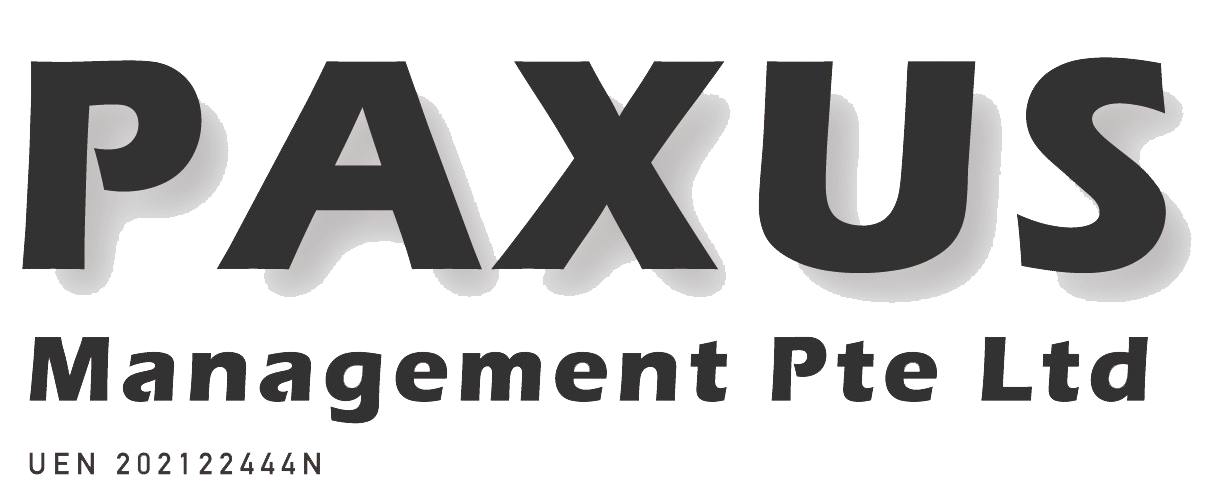The Functions of a Rack System
Operating 24/7 is key for commitment to determine uptime, take note of your workload rate and MTBF. While MTBF refers to average time of device function before it breaks down.
Thermal control and vibration tolerance is yet another critical consideration. As drives are nestled closely, vibration, noise and heat are a result. These drives usually have a high spindle speed that allow disks to rotate faster for a quicker data read.
An organizing tool that holds, stacks, secures and protects various computer network and server hardware, the rack system basically helps to make a technician’s life easier as it enables them to settle issues much quicker when they are aware of the equipment’s physical footprint. With the rack system there is no need for shelving as the shelving in the rack systems can store switches – UTP, PDU, CCTV recorders. PC and monitors.
Safety
There are different types of sizes for rack systems such as the nineteen-inch rack which is used in data centre and server rooms. Therefore, the size of your rack system depends upon the number of equipment you will be installing into the rack. The fiber optic cable can be protected by the rack system as well. The rack system acts as a protection for this equipment against water and external problems. With an in-built ventilation system, the rack system prevents the equipment from overheating.
